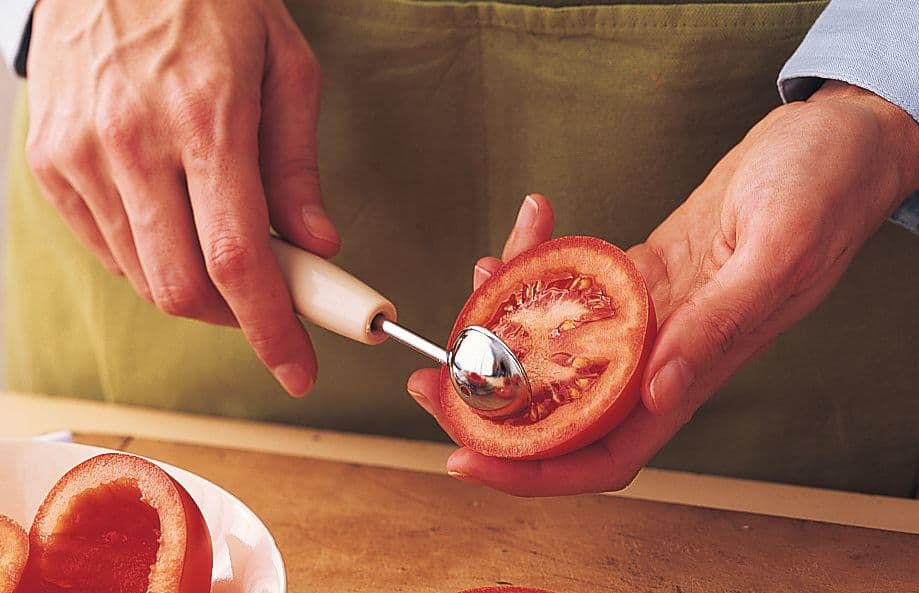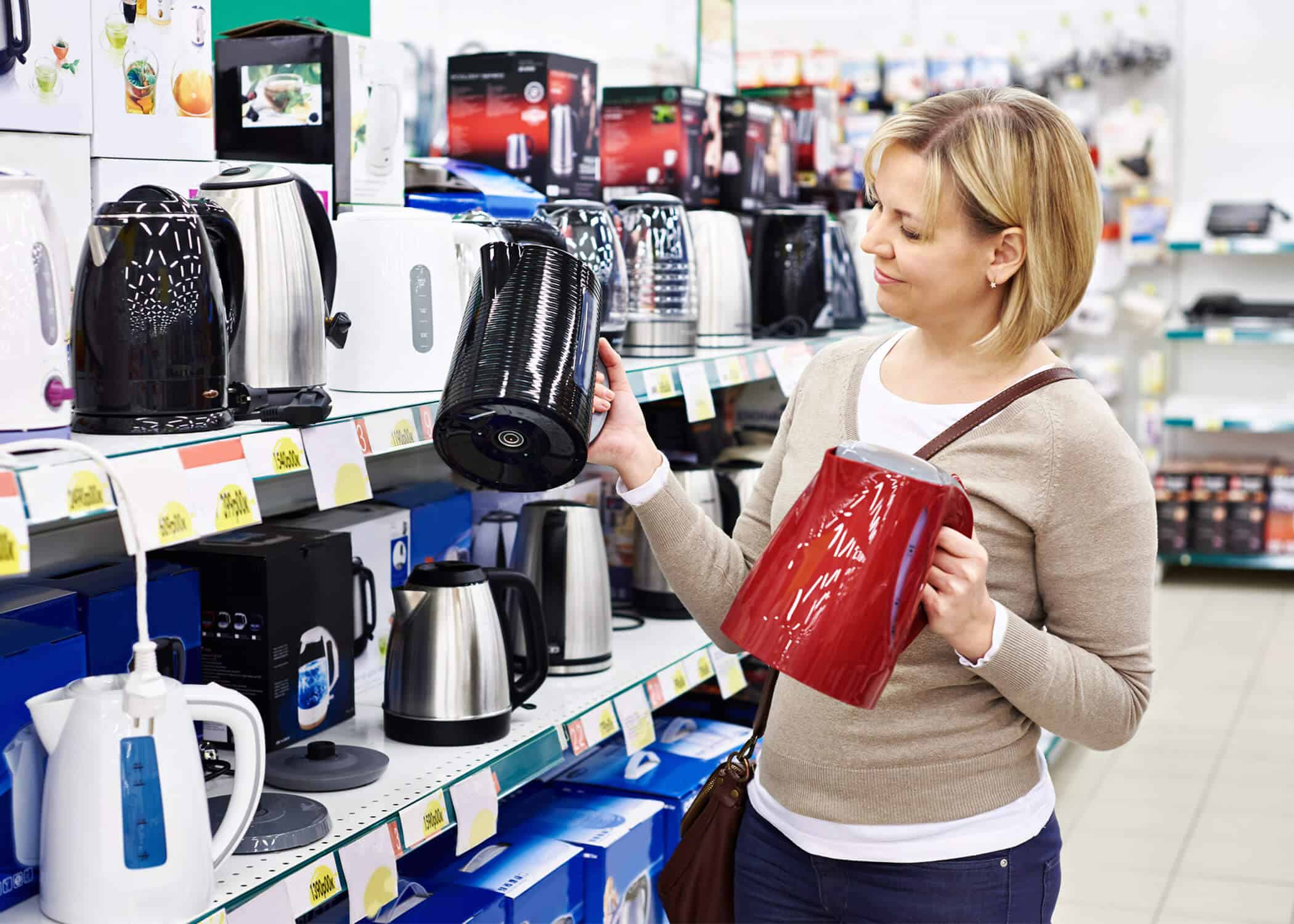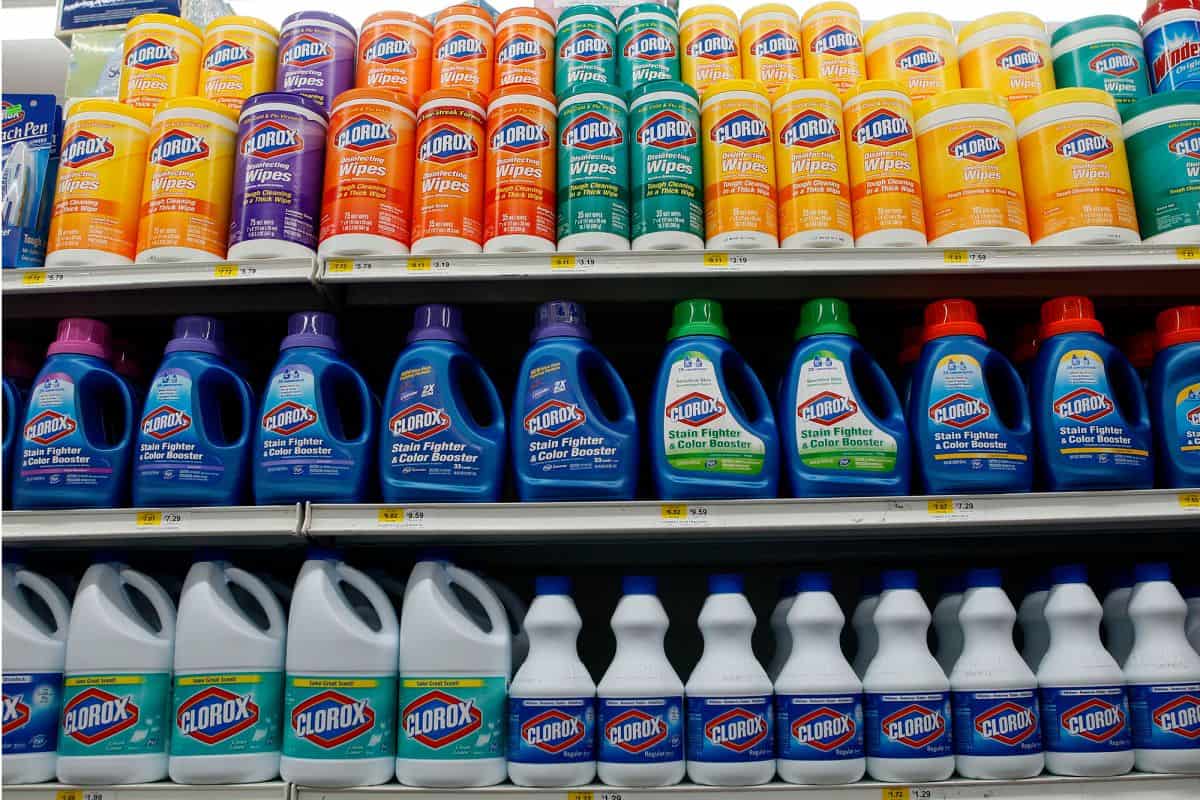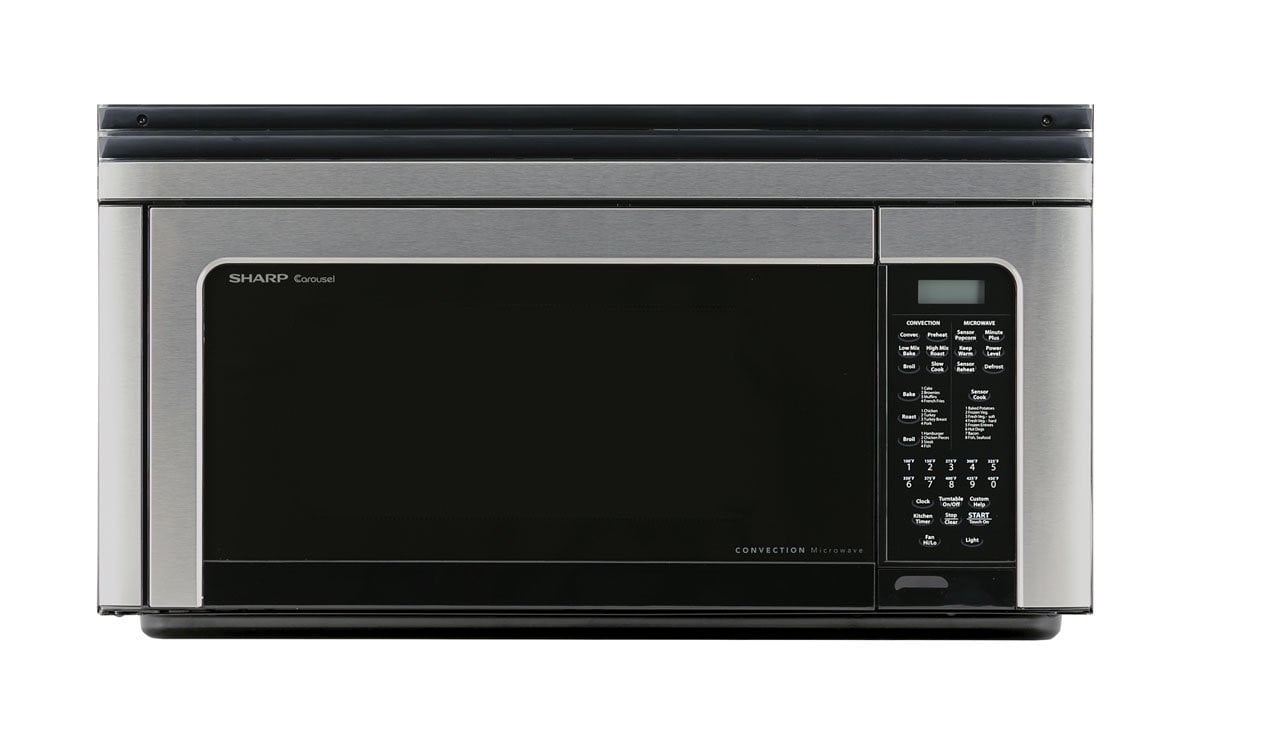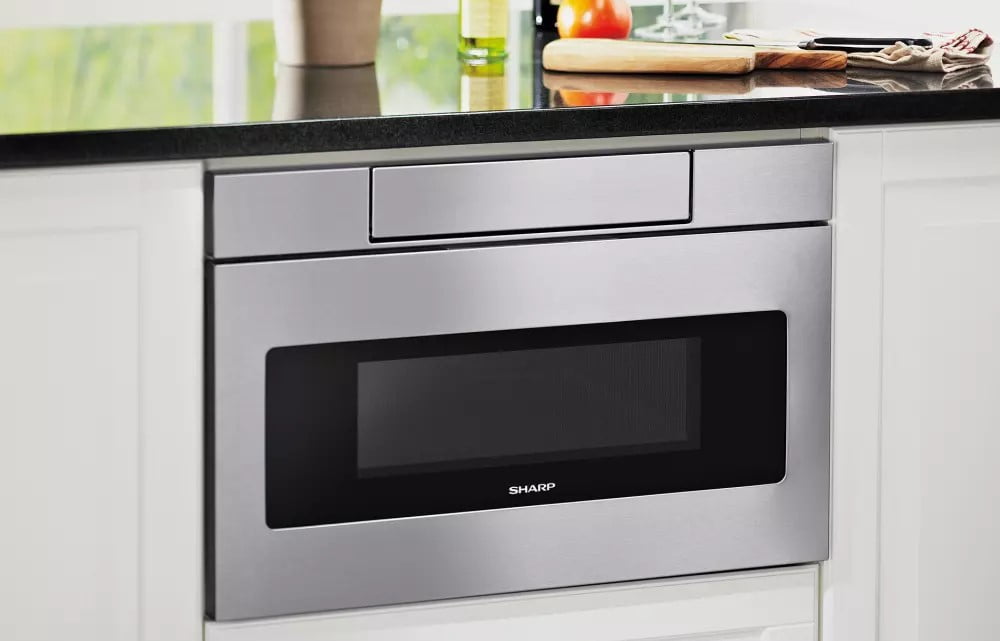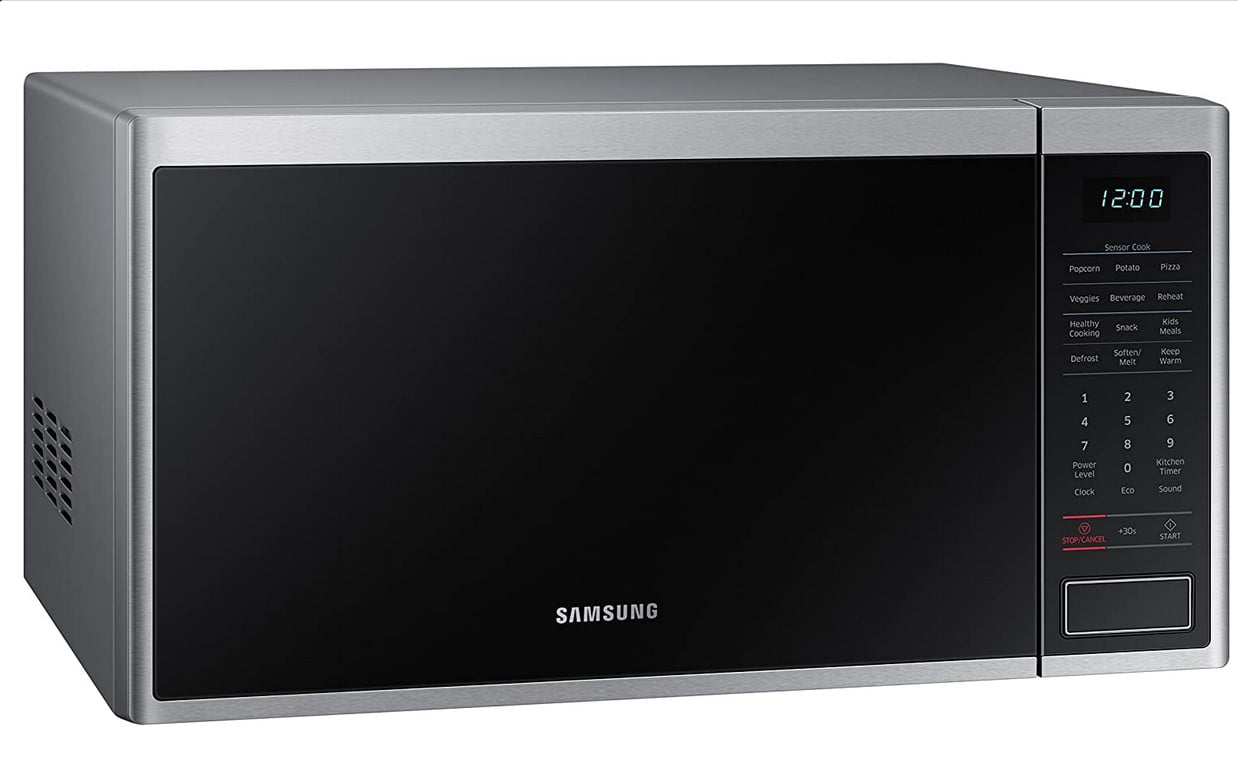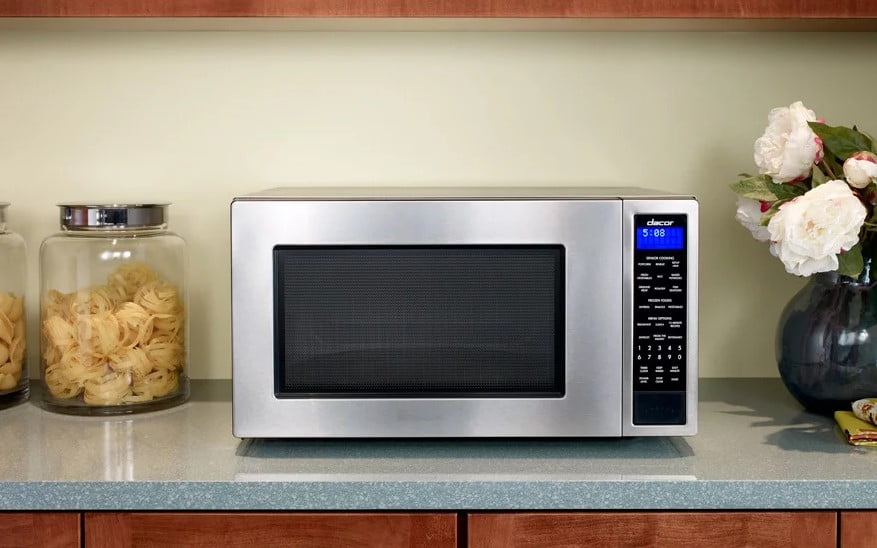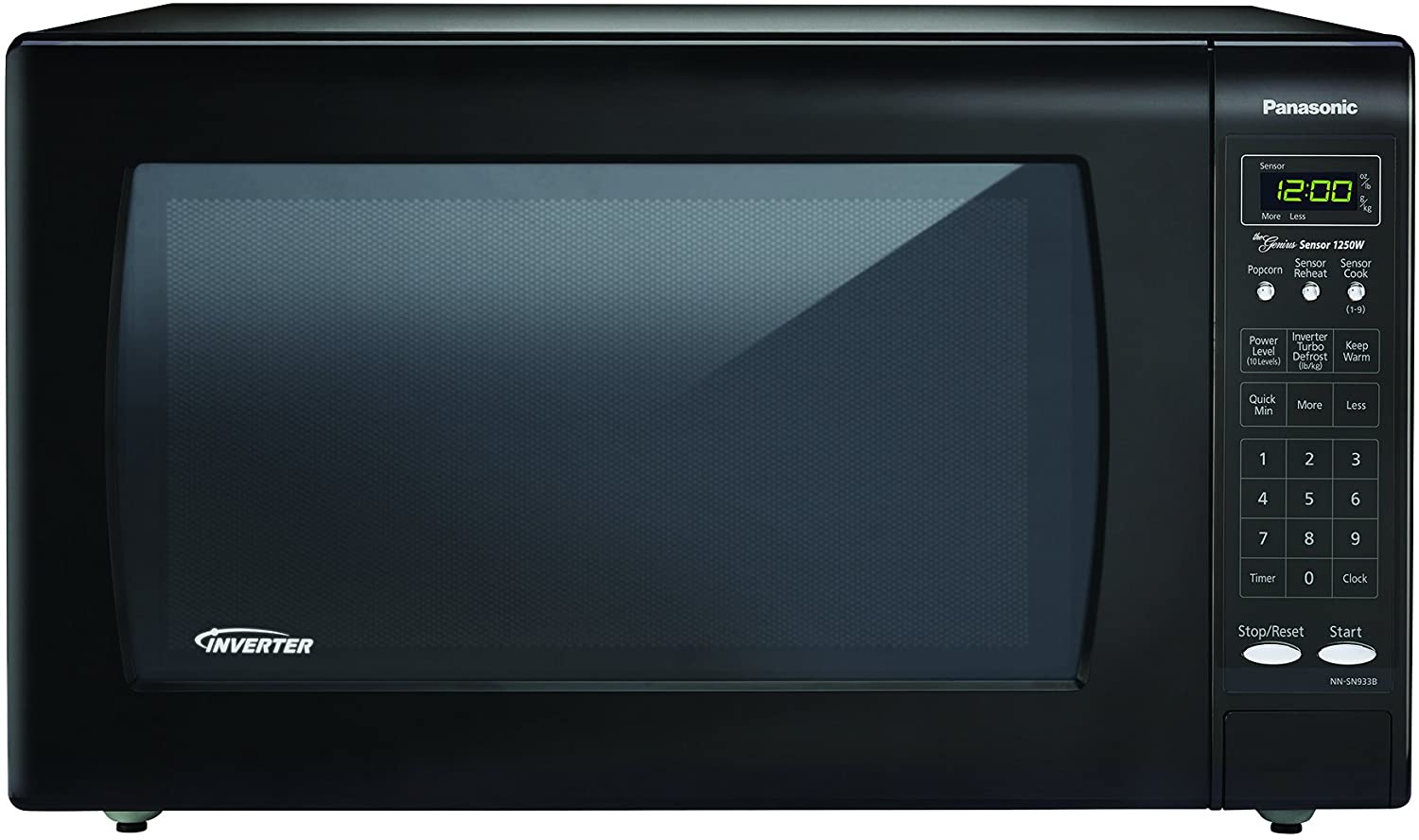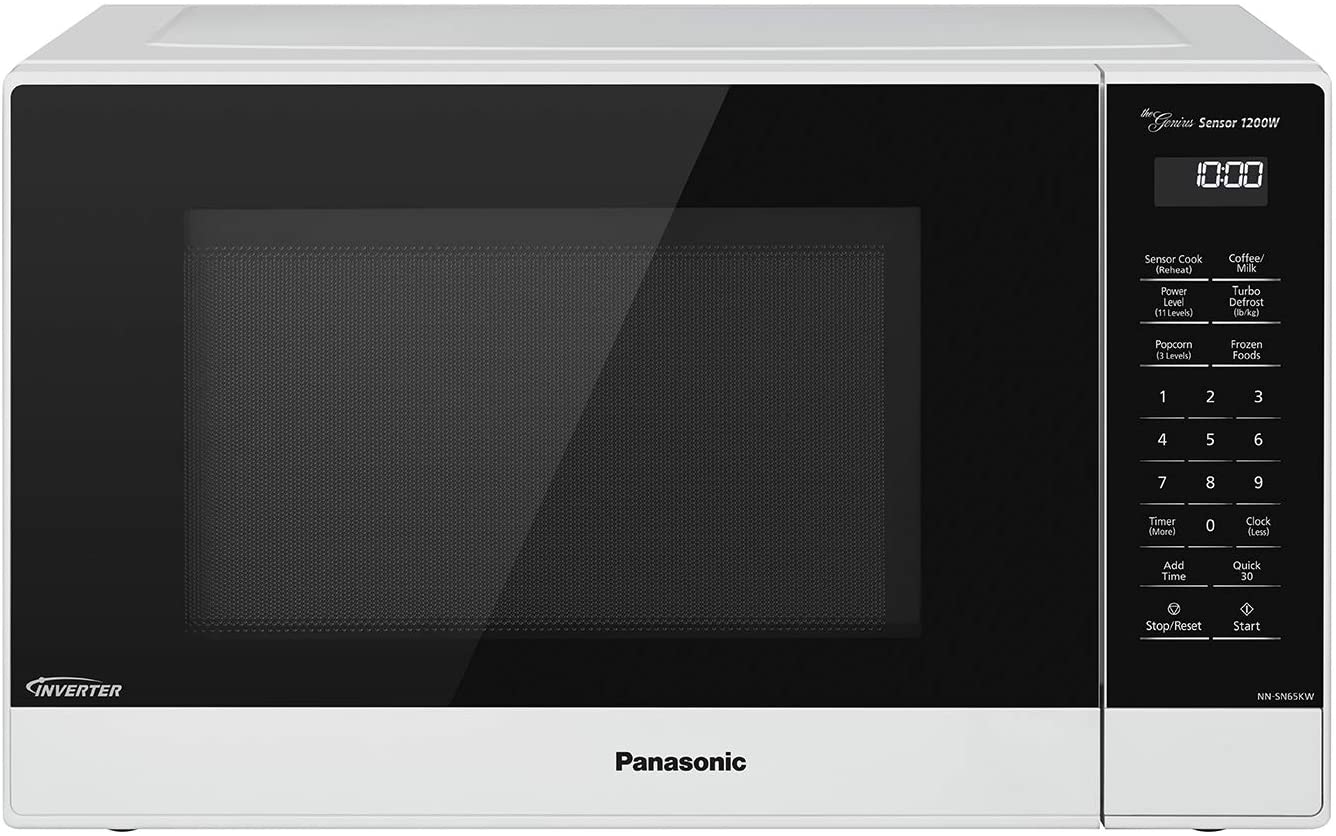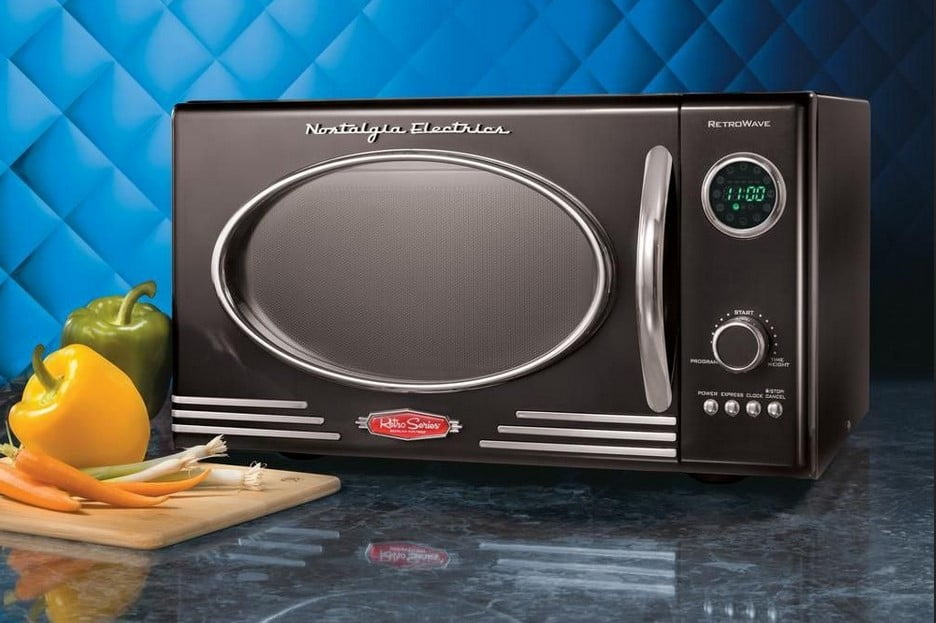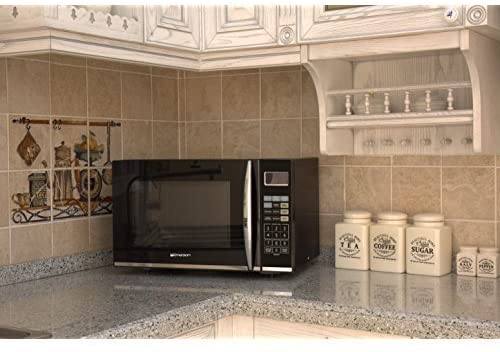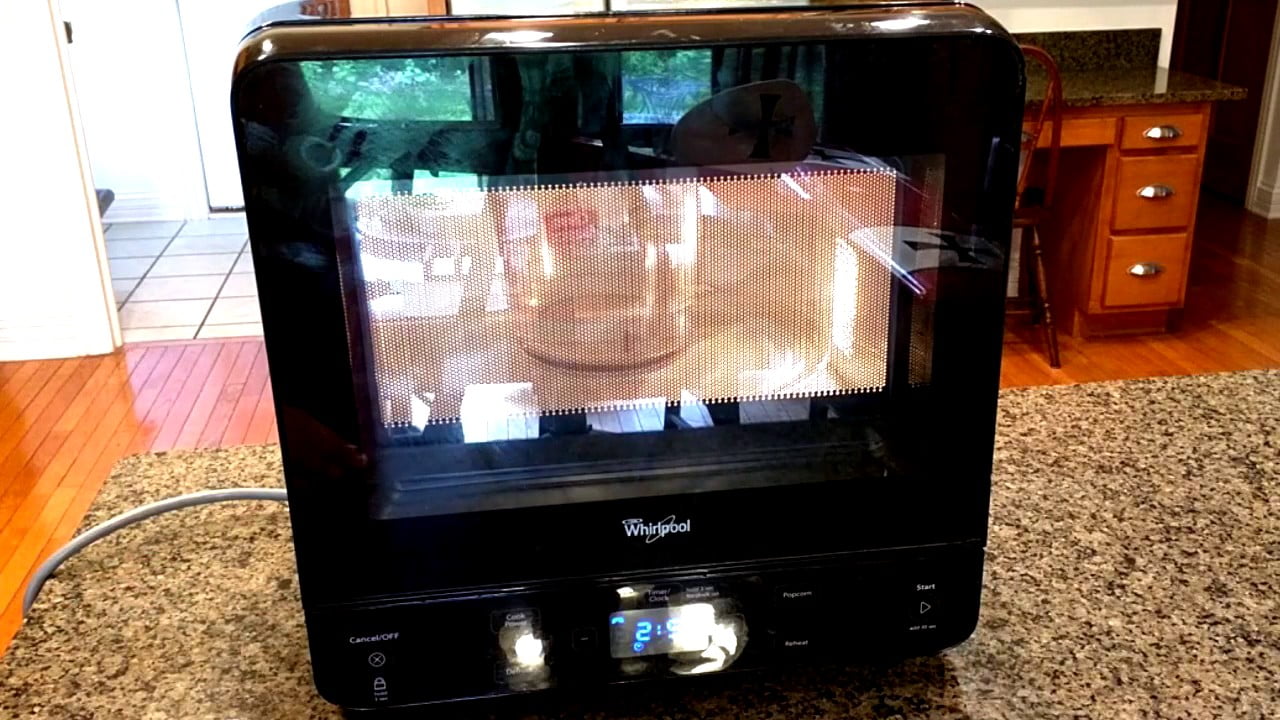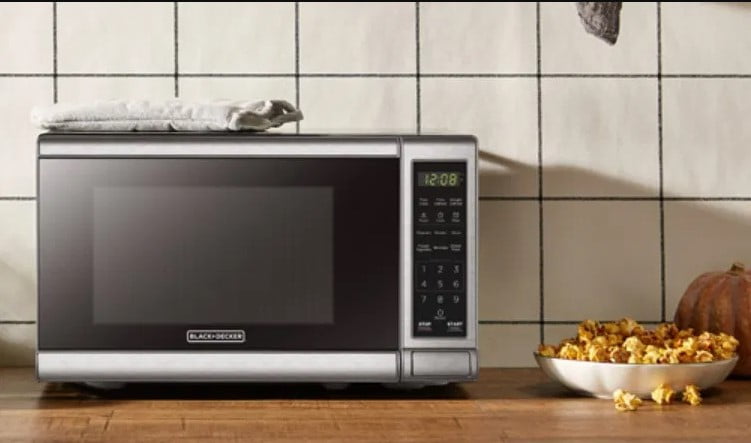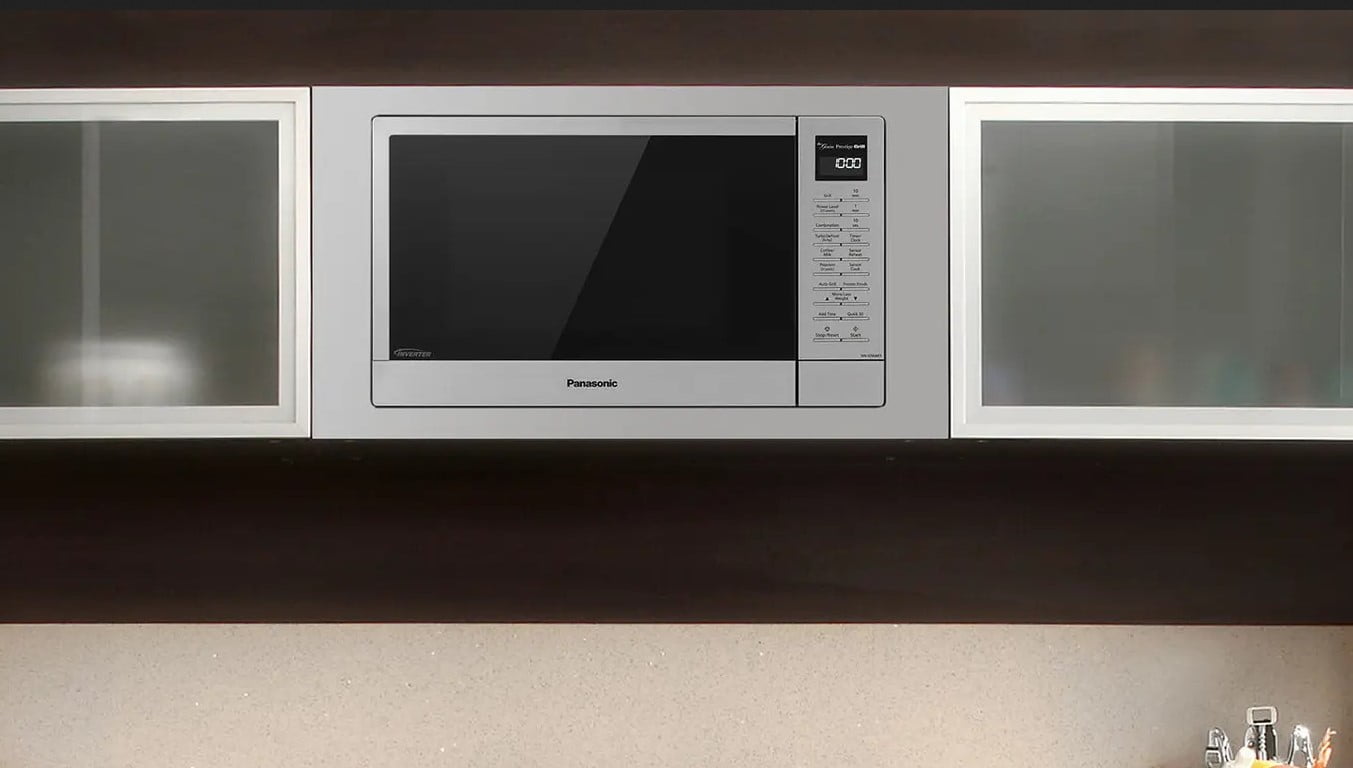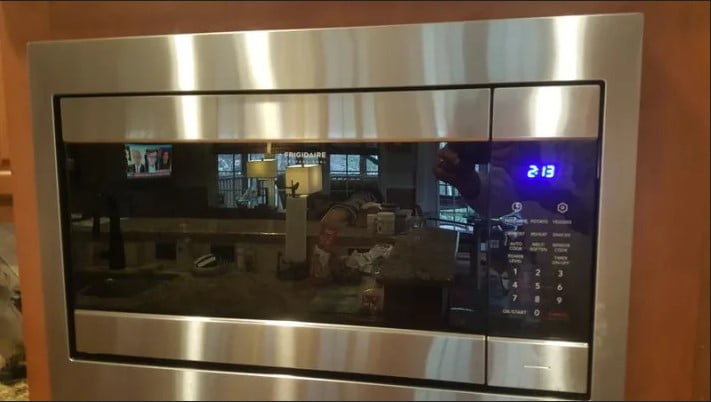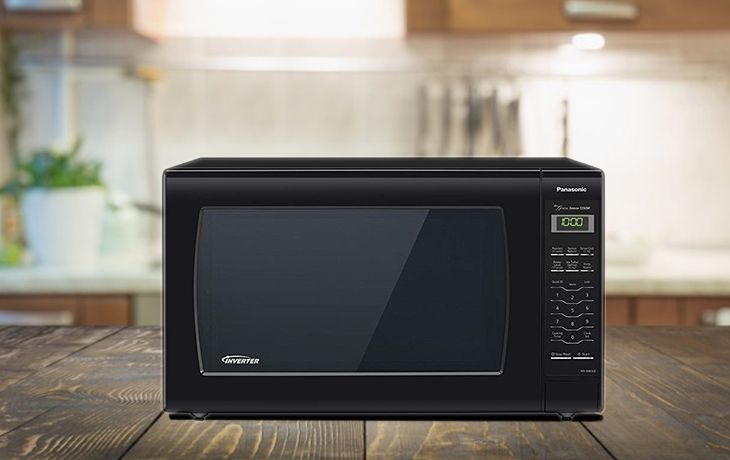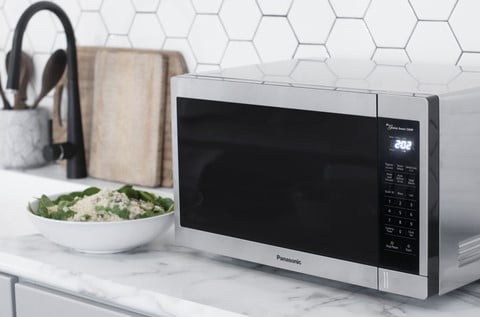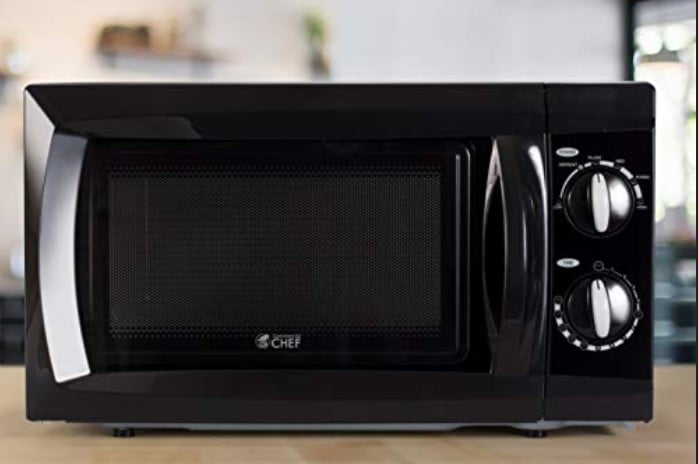If you enjoy using your pressure cooker and like the convenience of a microwave, knowing how to use a microwave pressure cooker can give you the best of both worlds if done correctly, letting you cook food even quicker.
KEY TAKEAWAYS:
- Microwave pressure cookers cook food even faster than conventional pressure cookers and work in basically the same way, without any effect on the taste or nutritional value of your good.
- Pressure cooking in a microwave is generally safe as long as certain guidelines are followed, including not using too much (or too little) water, and correctly adjusting cook times for microwave wattage differences.
- Microwave pressure cookers can cook basically anything a conventional pressure cooker can, but recipes and cook times written specifically for microwave models must be followed to avoid overcooking or ruining food.
As long as you follow some basic guidelines issued by the best microwaves, a high-quality microwave pressure cooker is easy to use and produces the same results, just remember there are always some inherent safety concerns when using some materials and methods in the microwave.
Using a Microwave Pressure Cooker
A pressure cooker, or crockpot as it’s sometimes called, cooks food by using steam inside a sealed cooking compartment to build up steam pressure, a cooking method that produces delicious food quickly without drying it out or burning it.
They’re a popular choice for a lot of home cooks for everything from split peas to cooking basmati rice in minutes or cooking a tough ingredient like raw beans in under an hour, but they’re effective for just about anything, and excel at quickly cooking healthy meals. They’re a convenient choice for making a lot of your favorite dishes.
Insider Tip
The specific type of diode needed by your microwave is usually printed directly on the diode you’re replacing, so it’s usually the best way to make sure you’re buying the correct replacement.
Microwave pressure cookers, like all microwaves, work by heating the water molecules in food, they’re perfectly compatible, as long as you’re careful- in fact since microwaves themselves don’t get hot, they’re arguably even safer. Some microwaves will even let you use pressure cookers with microwave features like microwave sensor cooking for even more control over your meal.
Pressure Cooker Normal Use
For most uses, you have to wait for the pressure cooker to heat up (whether it’s a standalone electric unit or an oven pressure cooker) before putting your food dishes in and adding the lid, which is why most pressure cookers have a removable cooking pot. After that, you need to allow it to cook your food at a specific pressure level and for a fairly specific amount of time, so you’ll need to find pressure cooker recipes specific to what you’re cooking.
Fortunately, there are plenty of pressure cooker cooking charts available online that will show you pressure levels and cook times for a variety of different foods. Once you’ve preheated the pressure cooker and put your food in and lid on, you can generally just leave it alone until it’s done.
Using a Microwave Pressure Cooker
First of all, it may be obvious but is nonetheless important to point out that anything cooked in a microwave can’t have any metal components, which traditional and electric pressure cookers generally do. For this reason, the only really viable option is to use a microwave cooker, whose design and materials are expressly for use in a microwave and nothing else.
Apart from that, pressure cooking in a microwave has one major difference from using a traditional pressure cooker- a microwave pressure cooker starts cooking food immediately, making it even quicker than conventional pressure cooking. Keeping that in mind, the following guidelines should be observed:
- Never use less than the recommended amount of water than the recipe calls for. Superheated water can result in a buildup of pressure resulting in steam burns, explosions, or just heating the pressure cooker to levels unsafe for handling, even if only touching a handle.
- Never use oil in place of water in a recipe- serious burns and damage to the pressure cooker itself can easily occur.
- Most microwave pressure cookers are dishwasher safe, but always check to make sure they’re specifically designated as such.
- Follow recommended cook times for microwave pressure cookers closely- cooking food for too long will dry it out and can cause superheated water to damage the cooker and cause steam burns.
- Pay attention to the microwave wattage level that recipes are designed for and the wattage of the pressure cooker itself and adjust cook times accordingly. Most microwave pressure cookers are designed to be used with 900W microwaves.
- Microwave cooking time calculation per wattage can be a little tricky because the difference in cooking times lowers as the microwave wattage goes up. A 1000W microwave may only require an additional 30 seconds of cook time for a 5 minute cook time for a 1100W microwave, whereas a 700W microwave will need an additional 5-7 minutes. When in doubt, be conservative in your adjustments- it’s better to have to add more time than to have overcooked your food.
Warning
Never attempt any dissembling, repairs, troubleshooting, or replacements on a microwave without unplugging it and properly discharging the high voltage capacitor.
F.A.Q.S
What foods can you cook in a microwave pressure cooker?
You can cook most of the same foods in a microwave pressure cooker that you can in ordinary pressure cookers, keeping in mind normal microwave cooking safety concerns and wattage/cook time calculations.
How are microwave pressure cookers different?
The main difference between microwave pressure cookers and regular pressure cookers is that they start cooking food instantly, making them even faster than normal pressure cookers. For that reason, microwave pressure cooker recipes and cook times must be followed very closely.
Are microwave pressure cookers safe?
Generally speaking yes, as long as safety considerations like not exceeding recommended cook times and not substituting oils for water are followed. Most pressure cookers also include a safety mechanism or safety plug that will release steam if pressure exceeds safe levels, and some include a secondary safety device or dual-level safety features Choosing a cooker with such safety features is always recommended.
STAT: Microwave pressure cookers can reduce cook times by almost 70%- even more than with a conventional cooker. (source)
REFERENCES:
- https://en.wikipedia.org/wiki/Pressure_cooking
- https://www.youtube.com/watch?v=t-G1U7Q8YUI&ab_channel=TupperwarewithKorinne
- https://en.wikipedia.org/wiki/Microwave_ovenr
- https://www.youtube.com/watch?v=eglVFeLQzy0&ab_channel=RobertDyas
- https://www.researchgate.net/publication/251539988_A_model_of_heat_and_mass_transfer_inside_a_pressure_cooker

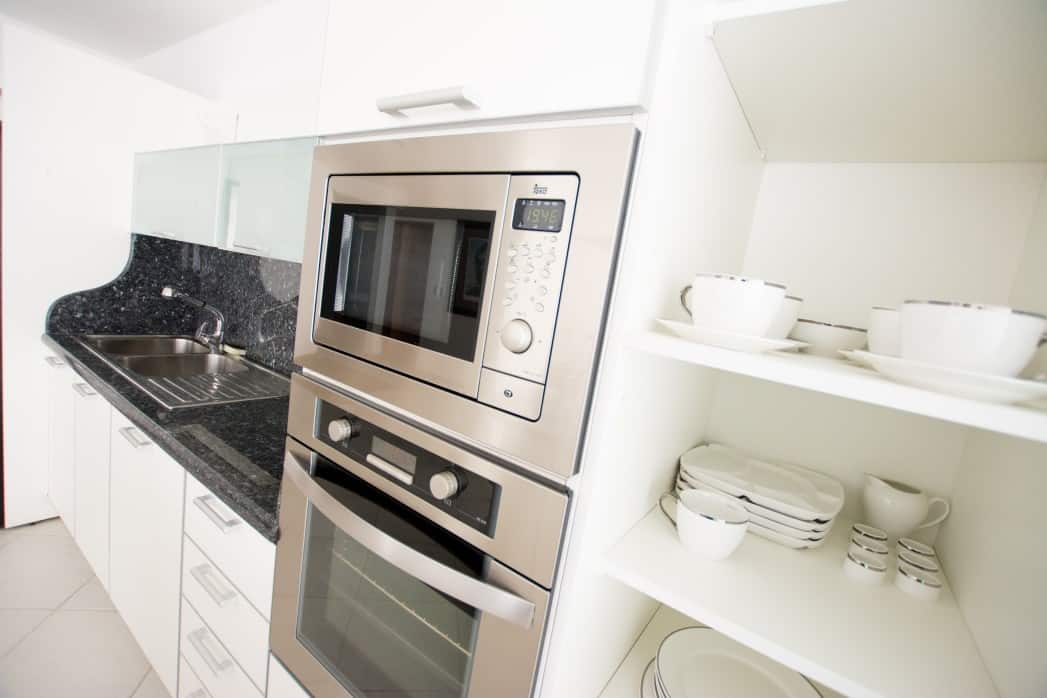













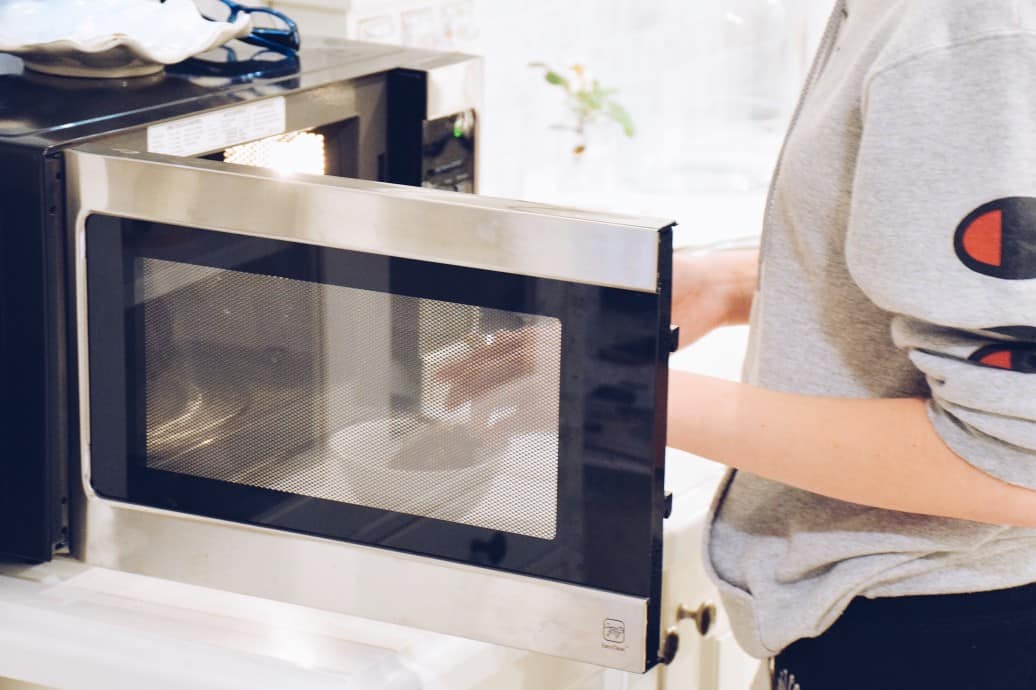
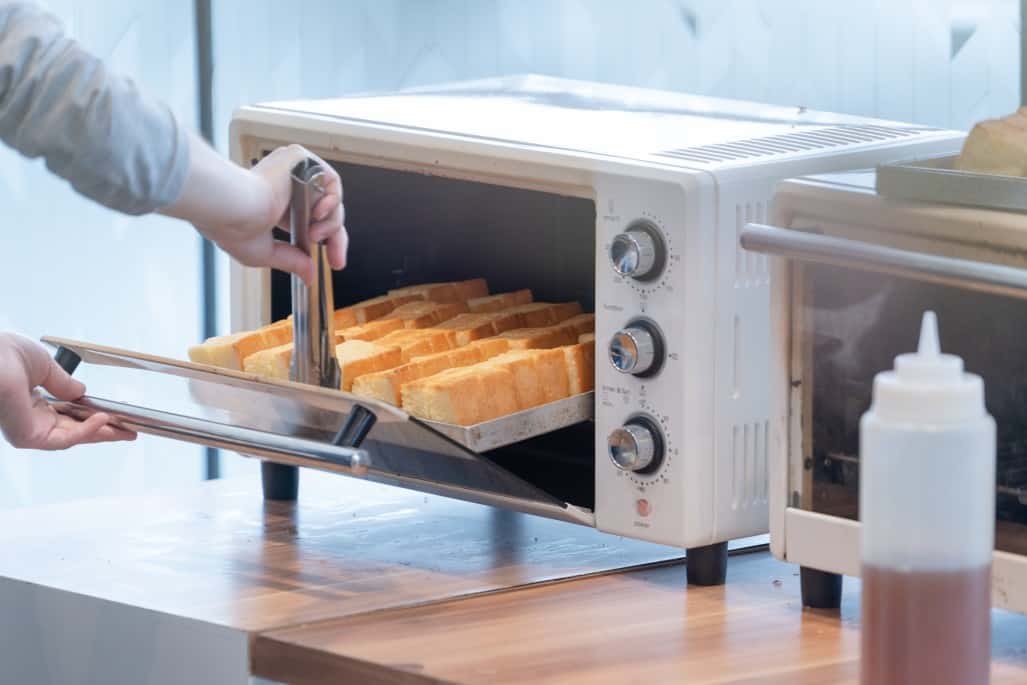
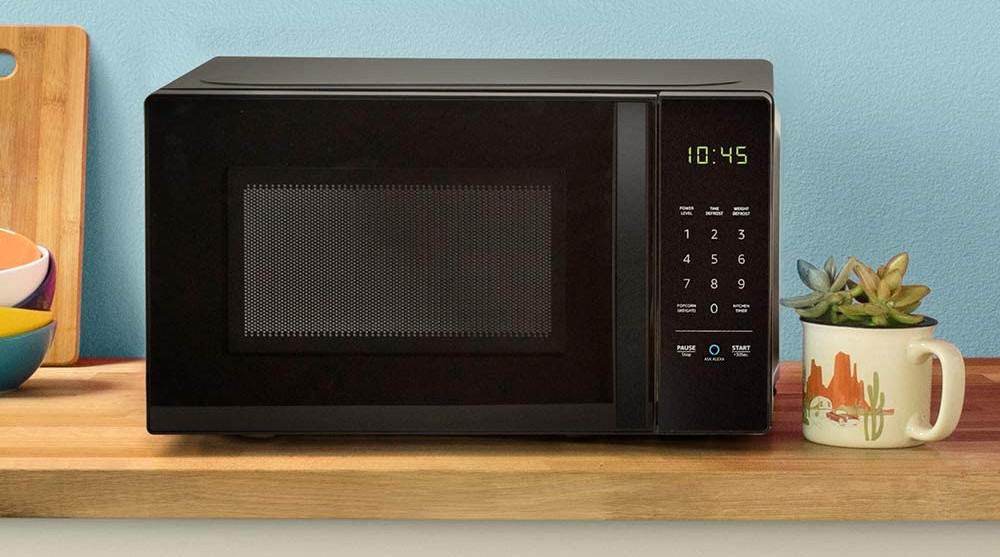
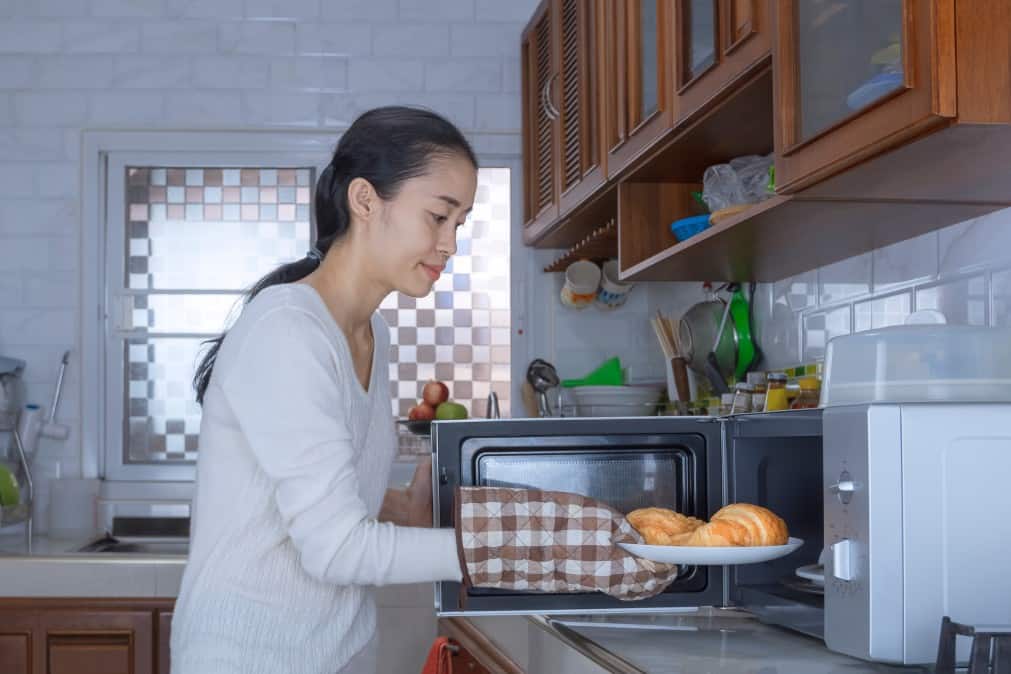
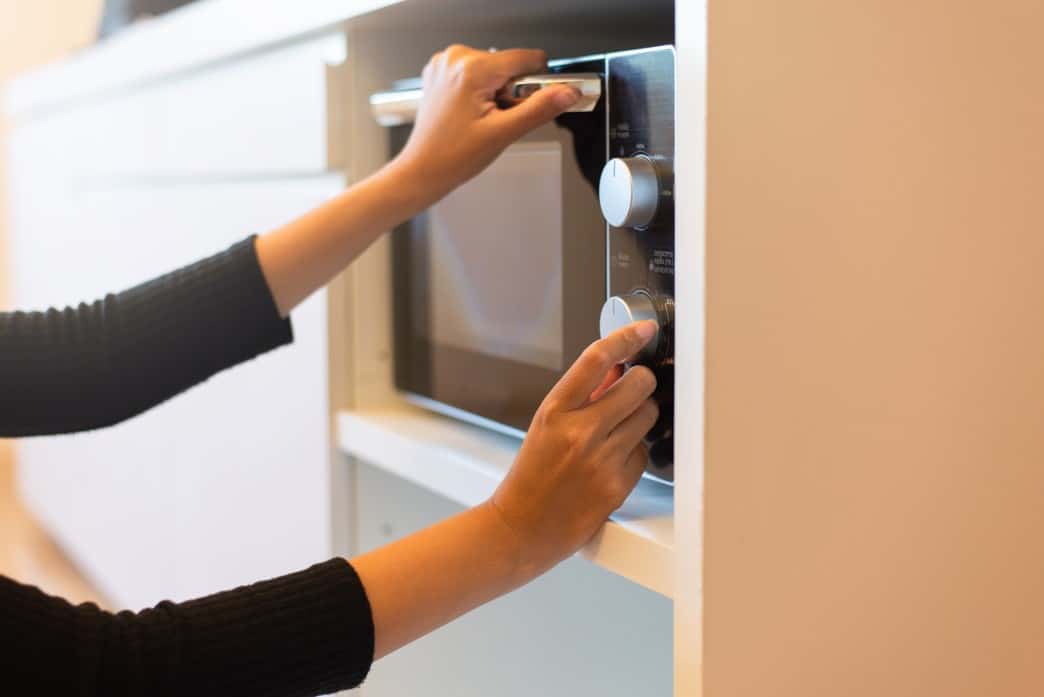
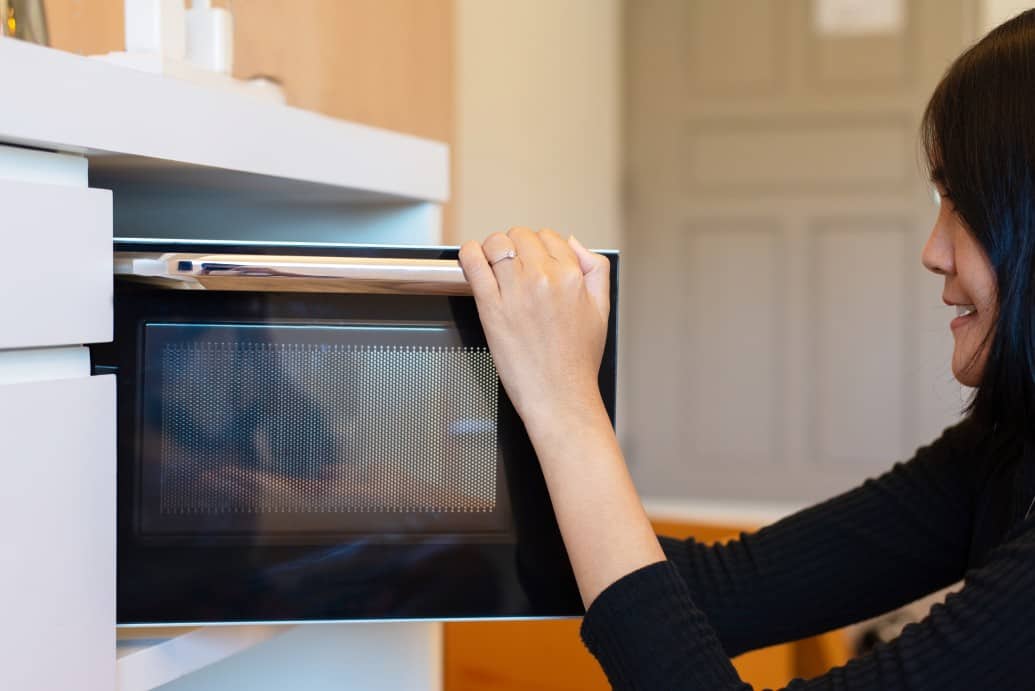


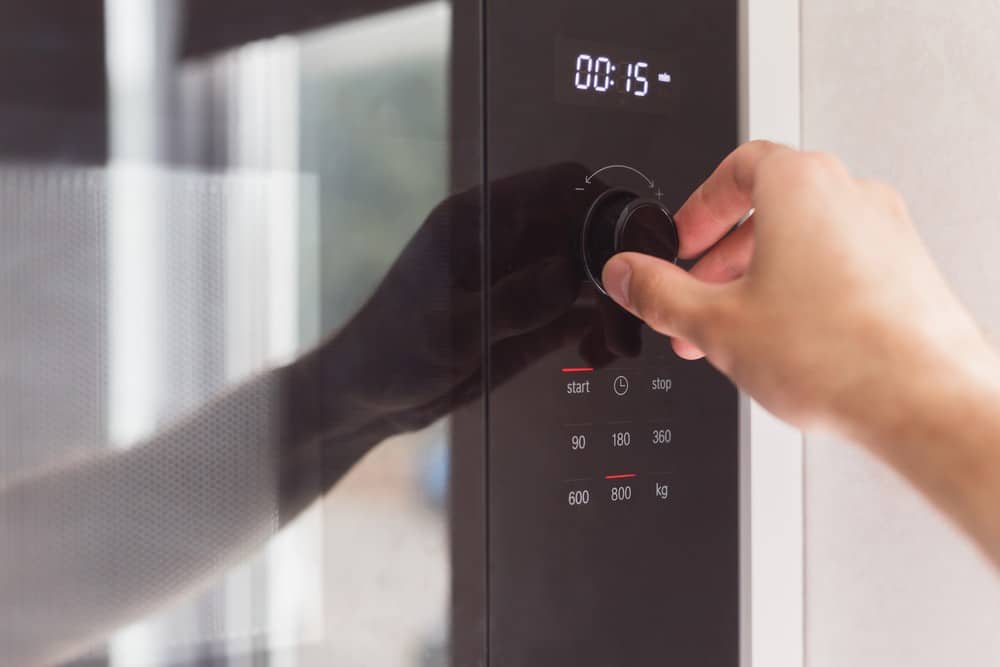
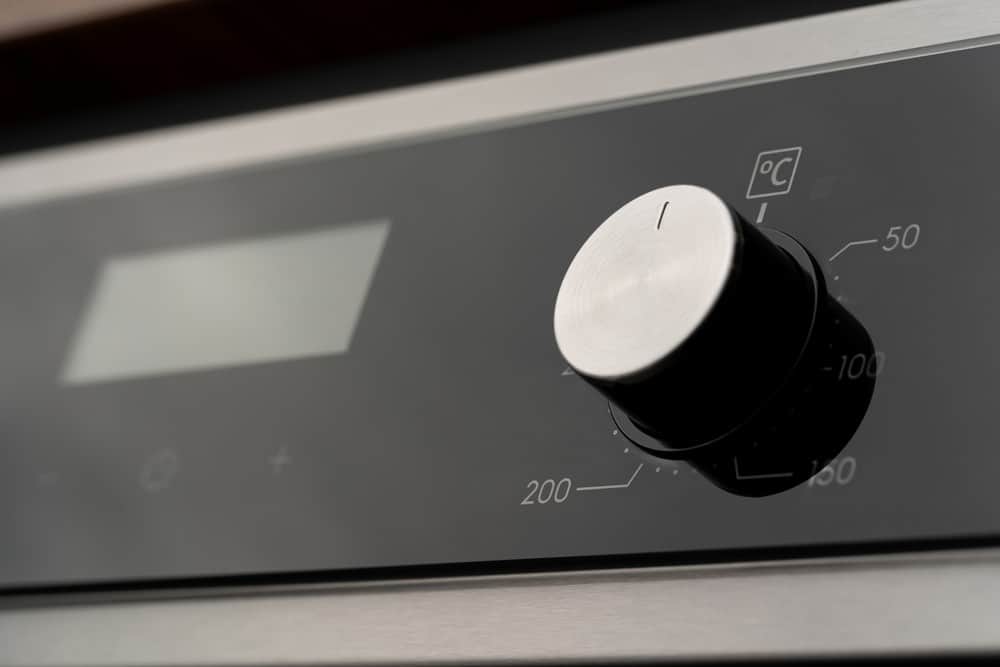

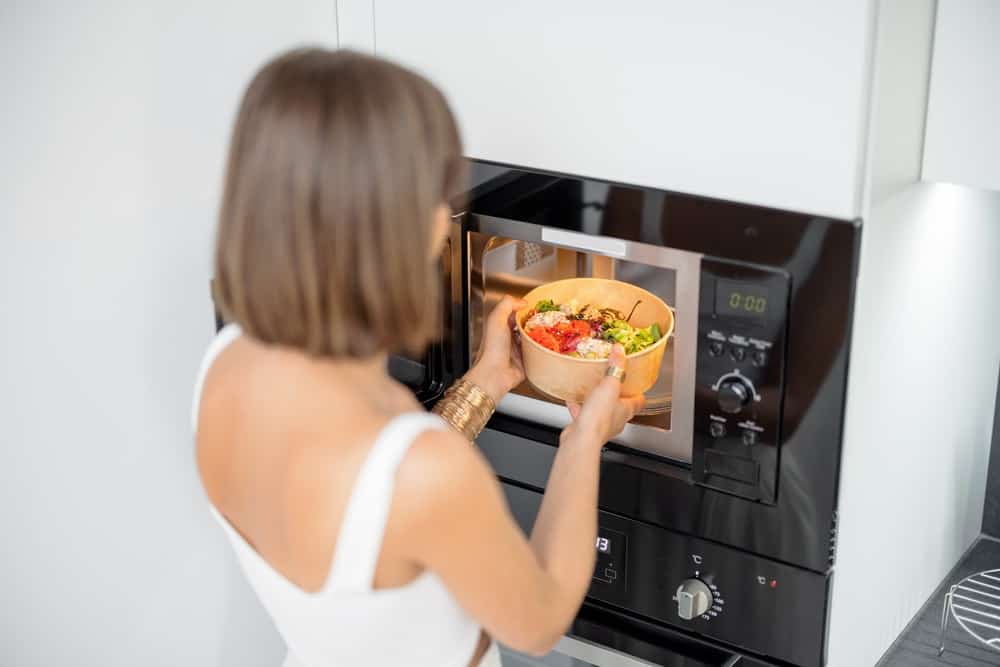
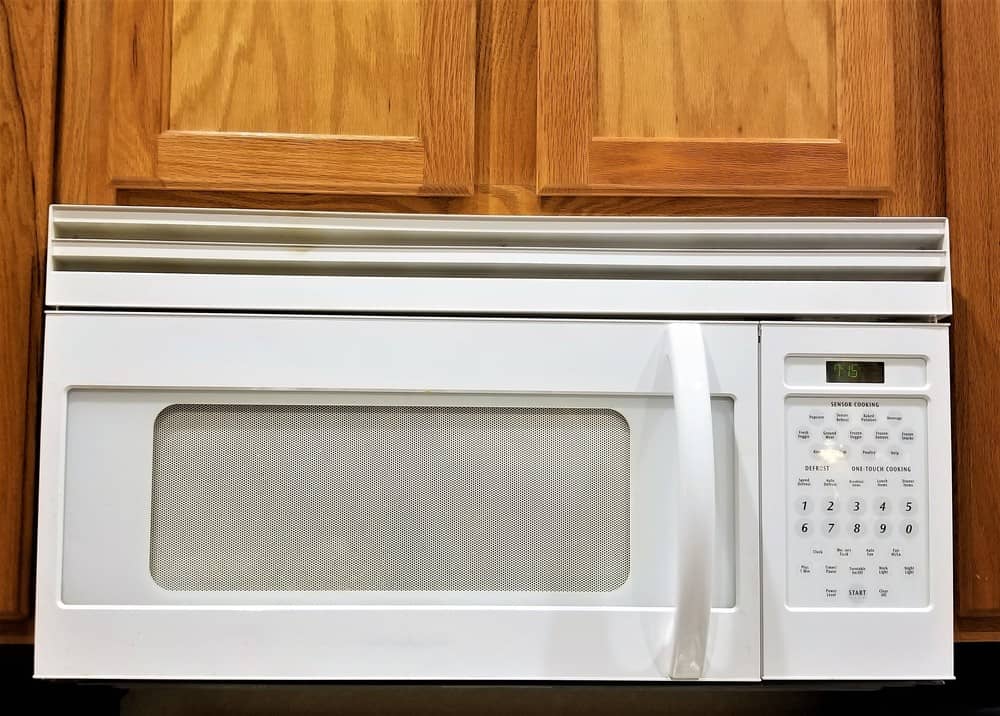
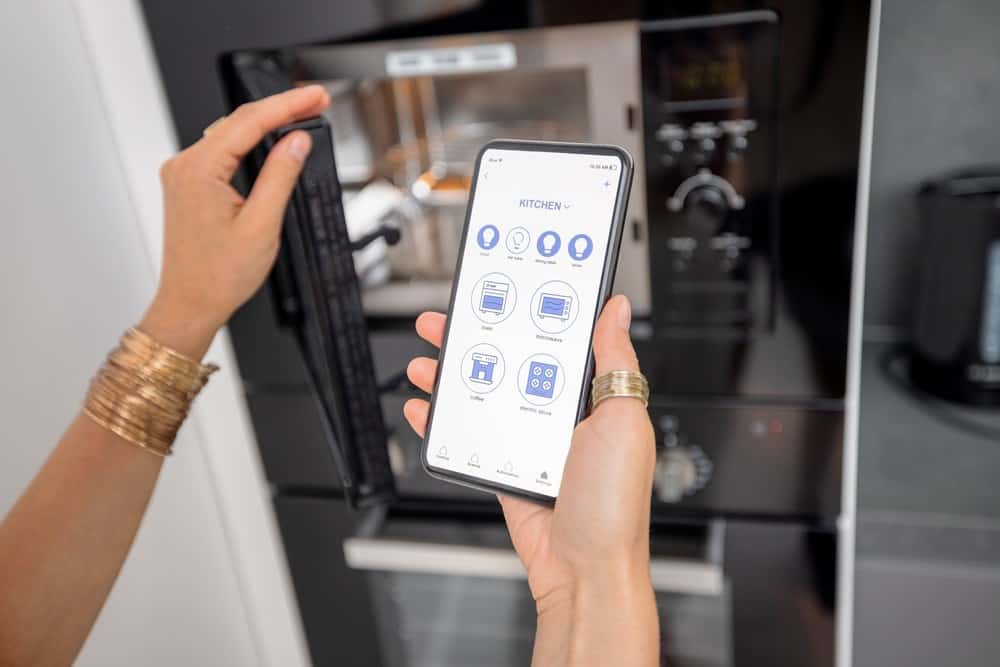

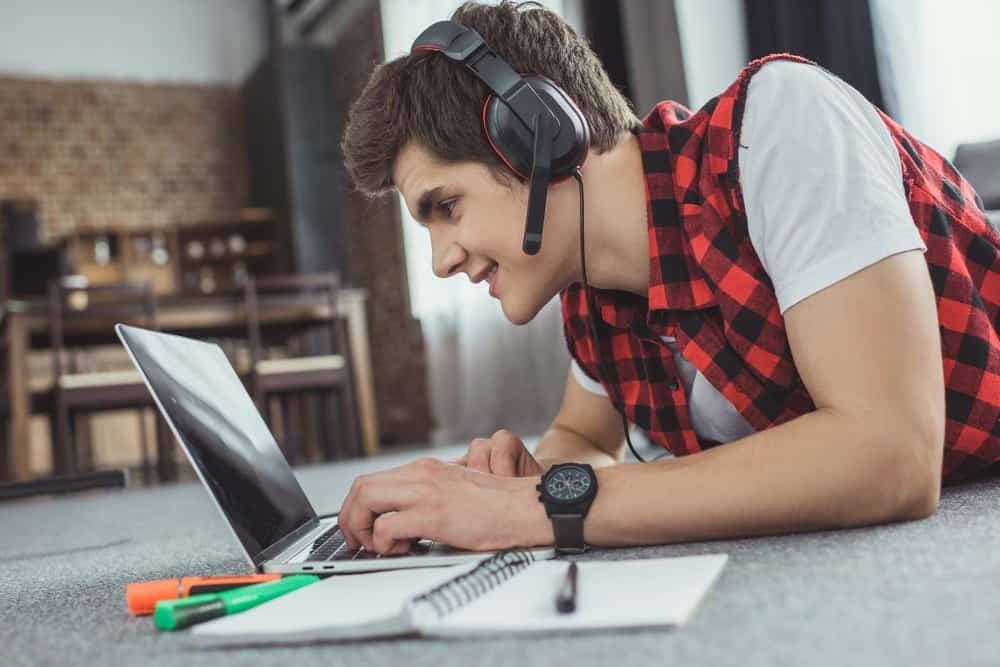
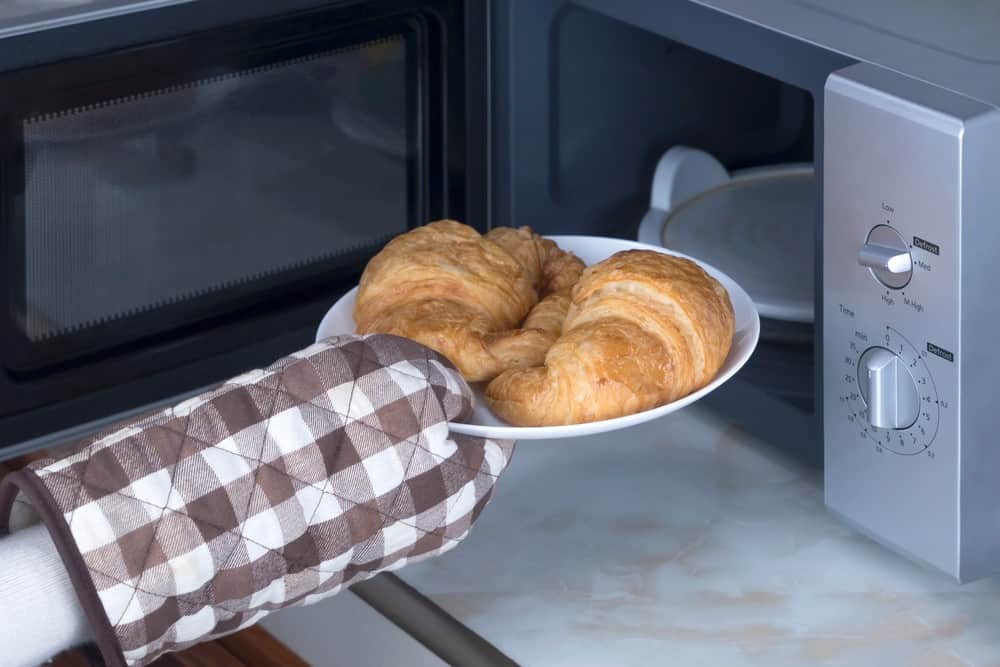

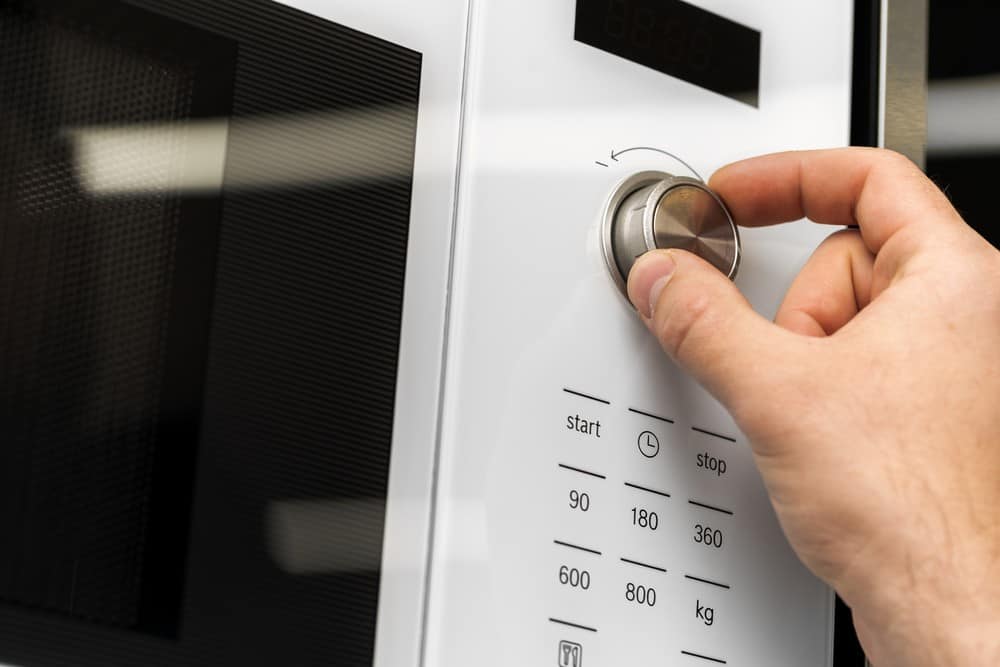

![Best Kitchen Appliances in [year] ([month] Reviews) 27 Best Kitchen Appliances in 2025 (April Reviews)](https://www.gadgetreview.dev/wp-content/uploads/best-kitchen-appliances.jpg)
![Best Microwave Drawers in [year] 28 Best Microwave Drawers in 2025](https://www.gadgetreview.dev/wp-content/uploads/best-microwave-drawer-image.jpg)
![Best Whirlpool Microwaves in [year] 29 Best Whirlpool Microwaves in 2025](https://www.gadgetreview.dev/wp-content/uploads/best-whirlpool-microwaves-image.jpg)
![Best Quiet Microwaves in [year] 30 Best Quiet Microwaves in 2025](https://www.gadgetreview.dev/wp-content/uploads/best-quiet-microwave-image.jpg)
![Best LG Microwaves in [year] 31 Best LG Microwaves in 2025](https://www.gadgetreview.dev/wp-content/uploads/best-lg-microwaves-image.jpg)
![Best Microwaves in [year] ([month] Reviews) 32 Best Microwaves in 2025 (April Reviews)](https://www.gadgetreview.dev/wp-content/uploads/best-microwaves-image.jpg)
![Best Over the Range Convection Microwaves in [year] 33 Best Over the Range Convection Microwaves in 2025](https://www.gadgetreview.dev/wp-content/uploads/best-over-the-range-convection-microwave-image.jpg)
![Best Retro Microwaves in [year] 34 Best Retro Microwaves in 2025](https://www.gadgetreview.dev/wp-content/uploads/best-retro-microwave-image.jpg)
![Best GE Microwaves in [year] 35 Best GE Microwaves in 2025](https://www.gadgetreview.dev/wp-content/uploads/best-ge-microwaves-image..jpg)
![10 Best Samsung Microwaves in [year] 36 10 Best Samsung Microwaves in 2025](https://www.gadgetreview.dev/wp-content/uploads/best-samsung-microwaves-image.jpg)
![10 Best Microwaves for Seniors in [year] 37 10 Best Microwaves for Seniors in 2025](https://www.gadgetreview.dev/wp-content/uploads/best-microwaves-seniors-image.jpg)
![10 Best Microwave Toaster Oven Combo in [year] 38 10 Best Microwave Toaster Oven Combo in 2025](https://www.gadgetreview.dev/wp-content/uploads/best-microwave-toaster-oven-combo-scaled-1.jpg)
![10 Best Panasonic Microwaves in [year] 39 10 Best Panasonic Microwaves in 2025](https://www.gadgetreview.dev/wp-content/uploads/best-panasonic-microwaves.jpg)
![10 Best Microwaves for College Dorms in [year] 40 10 Best Microwaves for College Dorms in 2025](https://www.gadgetreview.dev/wp-content/uploads/best-microwaves-for-college-dorms.jpg)
![10 Best Compact Microwaves in [year] 41 10 Best Compact Microwaves in 2025](https://www.gadgetreview.dev/wp-content/uploads/best-compact-microwave-image.jpg)
![10 Best Convection Microwave Ovens in [year] 42 10 Best Convection Microwave Ovens in 2025](https://www.gadgetreview.dev/wp-content/uploads/best-convection-microwave-oven-image.jpg)
![10 Best Built In Microwaves in [year] 43 10 Best Built In Microwaves in 2025](https://www.gadgetreview.dev/wp-content/uploads/best-built-in-microwave-image.jpg)
